The SOS-Wind Energy project focuses on the following tasks:
I. Literature review on metocean data analysis and fatigue approaches of offshore structures;
In this task, a literature review on the statistical modelling of extreme ocean environments applied for the design of marine structures is proposed. The environmental contours approaches to model the metocean environment supported by wave and wind data are also investigated. Additionally, the fatigue approaches based on the global S-N curves and Palmgren-Miner rule and simplified fatigue design rules included in design codes will be collected. Furthermore, the fatigue methodologies based on local damage parameters (stress, strain, and energy) and global-local modelling are also taken into account in this task. This task will be jointly developed with the UTA research team.
II. Feasibility assessments of specific support structures and foundations using metocean data;
In this task, the feasibility assessment of a support structure and foundation using metocean modelling and its variability based on wind and wave data that will be provided by the Portuguese Institute of Sea and Atmosphere (IPMA) for the Portuguese and Azores Sea is performed. The metocean modelling will be conducted using different environmental contours approaches. In this study, the environmental contours based on (i) a Rosenblatt transformation that uses the full joint distribution of wave height and wave period, (ii) a Nataf transformation that used marginal distributions for wave height and wave period along with Pearson’s correlation coefficient, and (iii) two different copula-based transformations that use the same marginal distributions but with the Kendall’s rank correlation, are used. This task will be developed in collaboration with the UTA research team.
III. Experimental fatigue evaluation of typical welded joints in offshore jacket platforms;
One of the major concerns in offshore structures are the welded joints where fatigue failures are highly relevant. In many cases of offshore welded connections, the fatigue cracks may initiate and develop from the weld to the base material, but also from the root of the weld. In this task, a fatigue experimental program of small welded joints under straincontrolled conditions (12 specimens for each stress ratio – R=0, and R=-1) is proposed aiming at evaluating the local fatigue damage parameters based on strain, stress, and energy. The small welded joints will be made in S355 steel used in offshore applications. The base material, the S355 steel, is well characterized by the members of this team. The design local fatigue curves for the small welded joints are obtained using statistical analyses based either in the ASTM E739 standard as well as the probabilistic fatigue model proposed by Castillo & Fernández-Canteli. The results are also compared with the available data in the literature. The results of this task will be used in Task IV.
IV. Fatigue performance evaluation of platforms for offshore wind using stochastic simulation;
In this task, an evaluation of the fatigue performance of offshore platforms, performed in the time or frequency domains, using metocean variability for the sea conditions estimated in Task II, is proposed. The global structural model of a specific offshore wind structure is developed using the SESAM software, or alternatively, the ANSYS or Abaqus softwares, both available at the university. A local modelling of critical structural details is proposed aiming to compute the local stresses and strains histories, and taking into account different local fatigue damage parameters as design criteria (such as stress, strain, and energy), determined in Task III. In this way, it is also possible to evaluate the remaining life of the jacket-type platform for its new intended use to support the wind turbine, taking into account the loading history of the structural elements in their previous use in the oil and gas industry (information that will be available by the infrastructure management companies). This task will be developed in collaboration with the UTA research team.
V. Dissemination activities.
The dissemination of scientific results of the project will be guided through the publication of the scientific papers in scientific journals and newsletters for the community, available all project results in a project website to be created, and, complemented by internet communications, participation in events, and networking with different international groups related to this topic.
